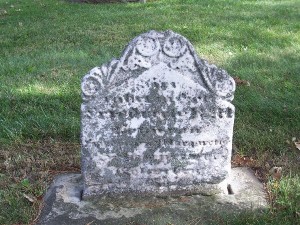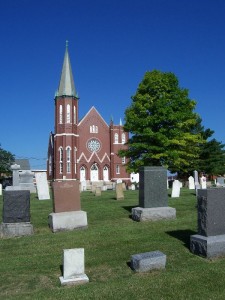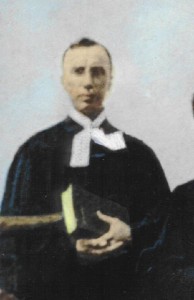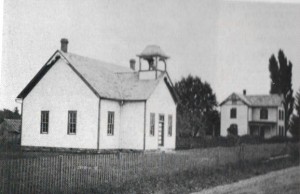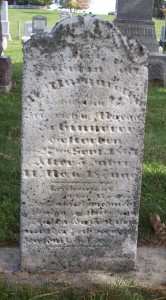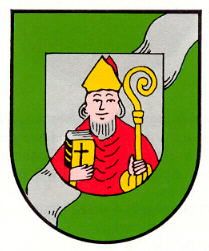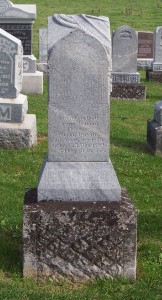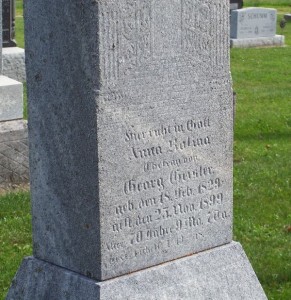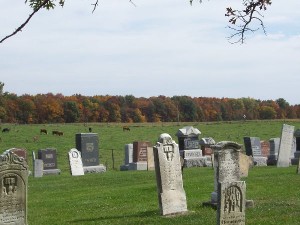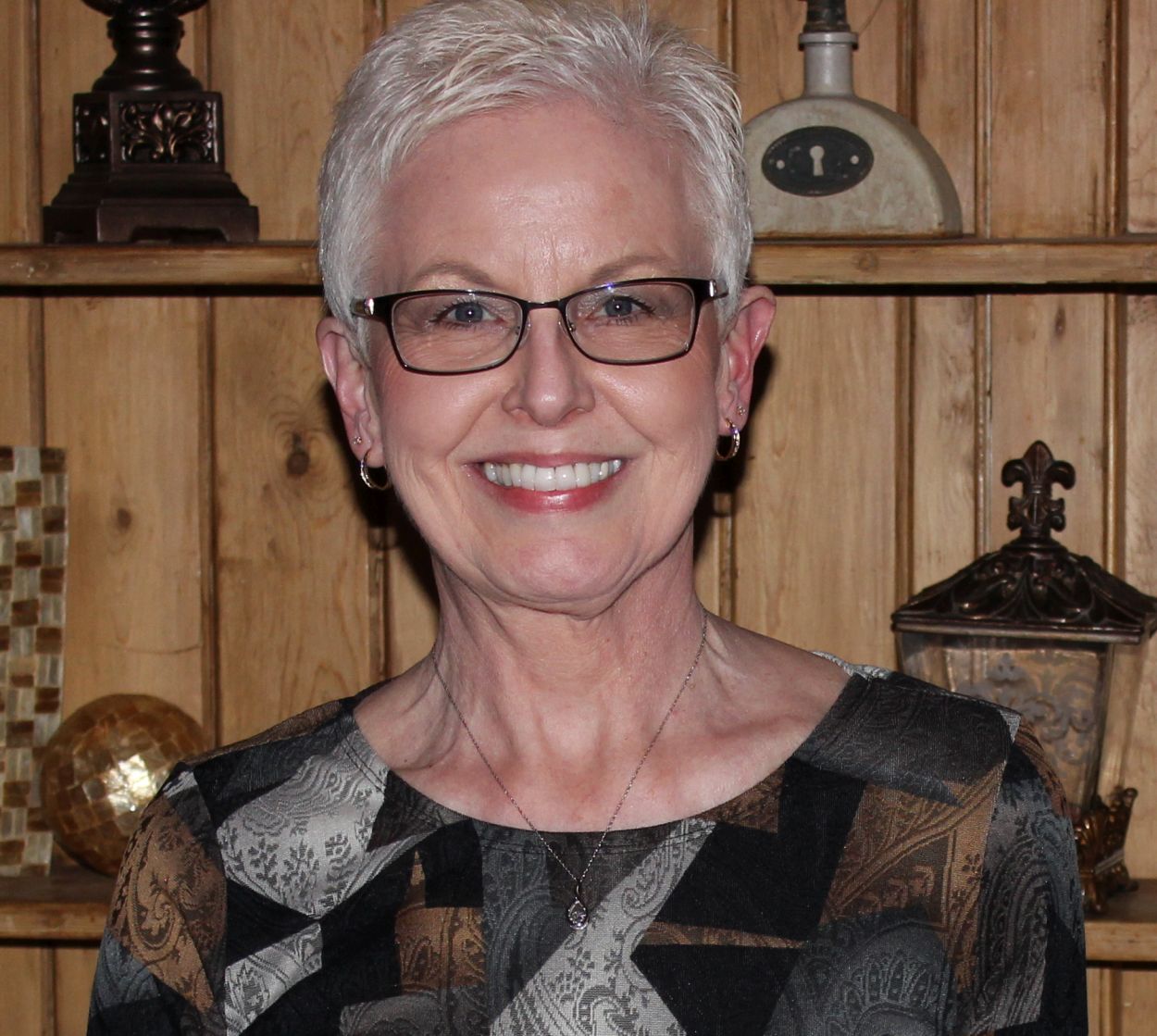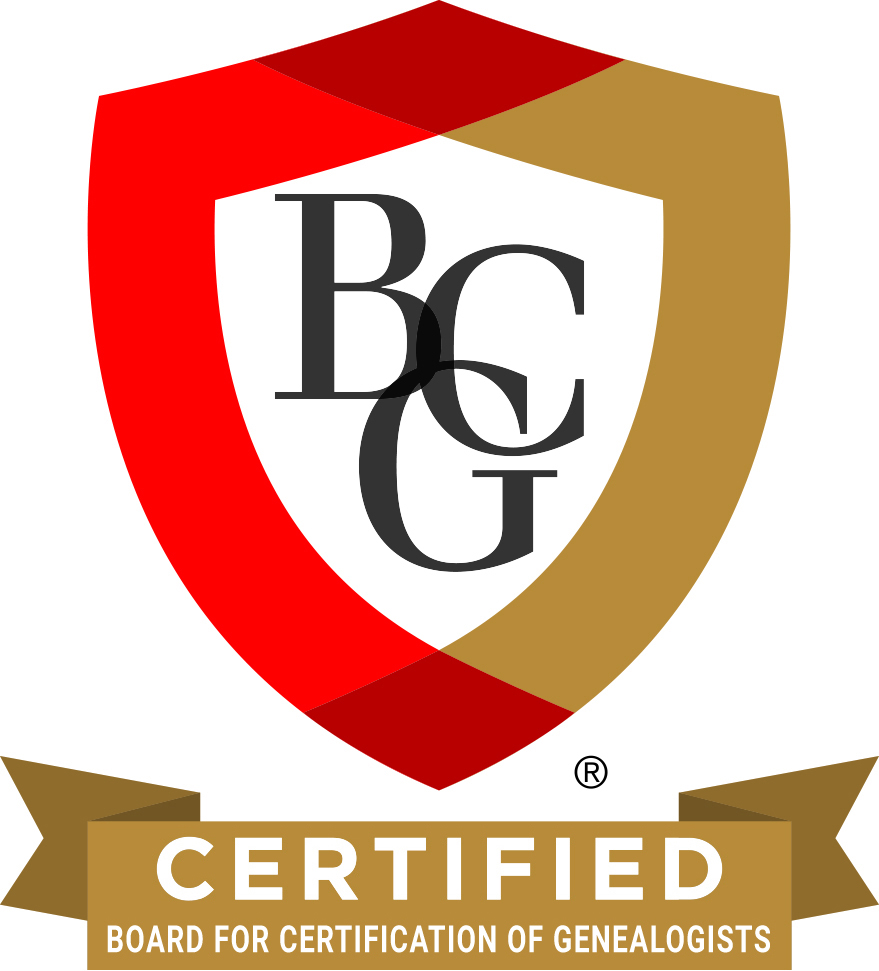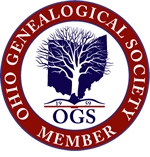This is the tombstone of Friedrich P. M. Schinnerer, located in row 4 of Zion Lutheran Cemetery, Schumm, Van Wert County, Ohio. All that is readable on the gravestone is Friedrich P M, son of Friedrich & Margaretha.
This tombstone is broken, weathered, and basically unreadable. I relied in part on the Van Wert County, Ohio, Cemetery Inscriptions, Vol. V, Van Wert County Chapter OGS, 1992, and the church records of Zion Lutheran, Schumm, to confirm the inscription on the stone.
According to the church records of Zion, Schumm, Friedrich Pankratius Martin Schinnerer was born 25 January 1853 in Dooplen [Dublin] Township, Mercer County, Ohio. He was baptized 30 January 1853 at home. His parents were Mr. Friedrich Schinnerer and his legal wife Margaretha. The sponsors at Friedrich’s baptism were Mr. Friedrich Schumm senior, Mr. Pankratius Schinnerer and Mr. Martin Schinnerer.
His death record, also from the church records: Friedrich Pankratius Martin Schinnerer, born 25 January 1853, died on 12 September 1861, age 8 years, 7 months, 18 days. Cause of death was a throat ailment. He most likely died in Mercer County.
Friedrich Pankratius Martin Schinnerer was the third child of Friedrich Schinnerer and his first wife Margaretha “Mary” (Deier). He was the only son born to the couple that they named Friedrich.
Friedrich’s tombstone is next to that of his sister, Maria Margaretha Schinnerer. Maria Margaretha died about two weeks after her brother, on 27 September 1861. The church records state that she also died of a throat ailment. Her tombstone was featured in last week’s Tombstone Tuesday.
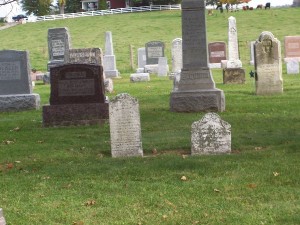
Maria Margaretha Schinnerer and Friedrich Pankratius Martin Schinnerer, Zion Lutheran Cemetery, Schumm, Ohio
Tragedy continued for the Friedrich Schinnerer family in 1861. On 27 November 1861, Mrs. Margaretha “Mary” Schinnerer, wife of Friedrich and mother of their three living children, passed away at the age of 39 years, 3 months, and 14 days. Friedrich married Elizabeth Schumm on 12 June 1862. Johann Martin, one of the three living children from Friedrich’s first marriage, passed away 17 July 1862.
Only two of the eight children born to Friedrich and “Mary” Deier Schinnerer lived to adulthood. They were Anna “Rosine” Schinnerer, who married “River” Henry Schumm, and Maria Magdalena “Lena” Schinnerer, who married Christian Hofmann.
Children of Fredrich and Margaretha “Mary” (Deier) Schinnerer:
Rosina Dorothea (16 Aug 1849-31 Aug 1849)
Susann Barbara (16 Feb 1851-18 Aug 1851)
Friedrich Pankratius Martin (25 Jan 1853-12 Sep 1861)
Anna “Rosine”, (13 Apr 1854-15 Jan 1890)
Maria Margaretha (9 Nov 1855-27 Sep 1861)
Maria Magdalena “Lena” (16 Nov 1857-1934)
Johann Martin (5 Aug 1859-4 Jan 1860)
Johann Martin (10 Apr 1861-17 Jul 1862)
To my knowledge, tombstones exist today only for Friedrich Pankratius Martin, Anna “Rosine”, Maria Margaretha, Maria Magdalina, and Friedrich (father) and his second wife, Elizabeth.
Friedrich Pankratius Martin Schinnerer was my great-granduncle.

